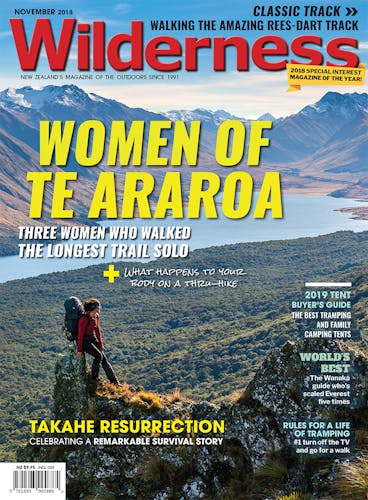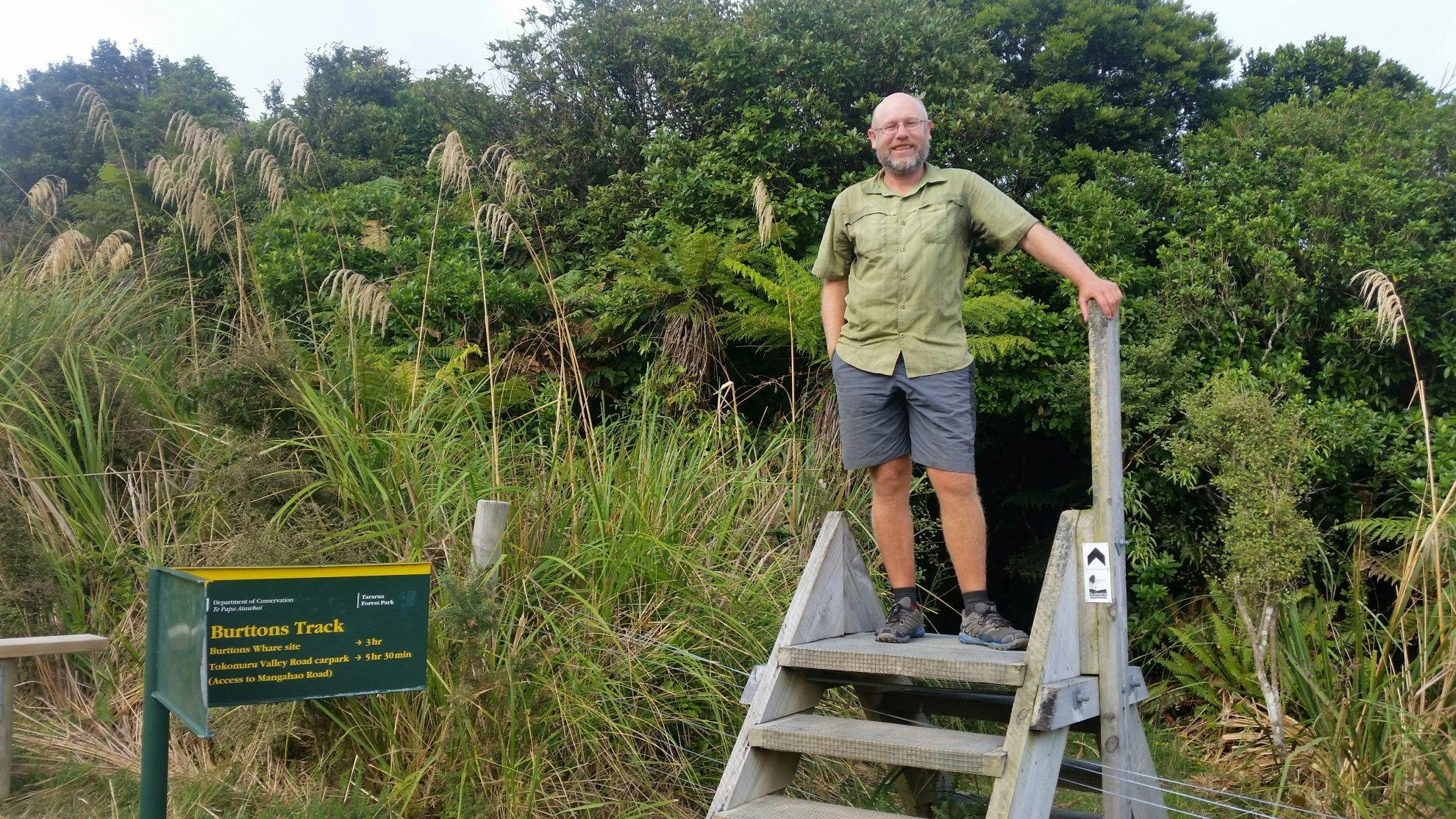Around this time of year, trampers from all over the world descend on New Zealand with one goal in mind: to walk the length of the country on the Te Araroa Trail.
The trail is just seven years old but in that short period of time, it has gained a reputation as one of the best long-distance trails in the world. And being one of the newest, more people are attempting the 3000km walk every year. This year, it’s estimated numbers will top 1000 for the first time. Based on figures from last year, around 60 per cent of walkers will be Kiwis.
So, do you think you’re ready to walk the trail? This month, we aim to help you answer that question. We’ve got interviews with women who have walked the trail solo, defying the fears of family and friends who deemed it too dangerous. We’ve asked the professionals what happens to your body when you walk such vast distances (hint, you lose a stack of weight and gain muscle). And we take a look at what happens when you get to the end. After spending months focussing on a singular goal, it’s no surprise many walkers struggle to adjust to life off the track.
Sticking with the theme of long walks, we also discover how tramping for a long time helps you tramp forever. That’s right, regular tramping is the best thing you can do if you want to still be tramping in your 80s or beyond. It doesn’t have to be epic multi-day trips, either. Just everyday walks, or a weekend bush walk are enough to keep you mobile, according to the tramping elders we spoke to. Jon Dumble, who in his late 70s was still doing tramps people half his age wish they could do, probably says it best: “Keep fit, and don’t sit down and watch TV. I haven’t turned mine on for four months.”








